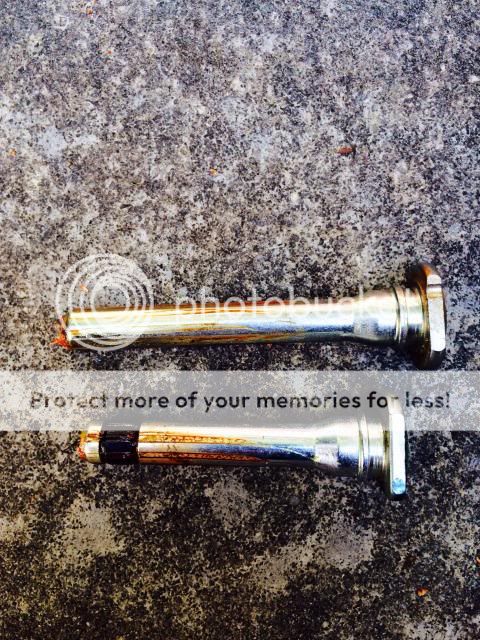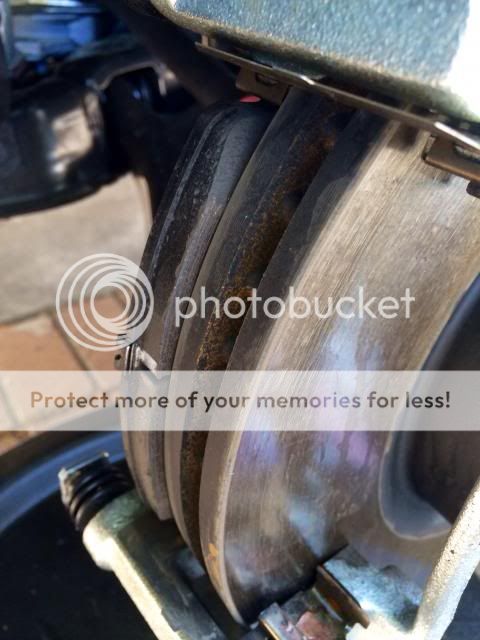I worked in the brake development industry for 17 years and I can’t imagine where you’ve been given this impression. In the US, there are regulations laid out in FMVSS and DOT approvals for braking. There are similar regulations in Europe. These call for vehicles to meet “adhesion utilisation regulations” which take into account the transfer of weight during a stop. All vehicles do this - it is the law of physics. When the brakes are applied when the vehicle is in motion, weight is transferred towards the front of the car as any loose item will confirm. When this happens, the weight obviously reduces on the rear wheels and there is a chance of them locking prematurely. How much weight is transferred depends on the speed of the car and how much the axles weigh but typically this might be anywhere from 60:40 to 80:20 depending on how hard the brakes are applied. For this reason the front brakes always have a bigger area of pad material to balance the wear with the rear (friction is independent of area and a small strip of friction material can hypothetically stop the vehicle in the same way a large area would, it would just wear quicker). There is usually some sort of pressure reducing valve in the rear brake line as those who have bled brakes will know - the pedal is much harder to press. This notion that newer cars brake heavily on the rear is completely untrue. If they did, they would be completely unstable, especially in the wet.
It is mike. The fronts do take on more work in normal driving and do generate more dust.
Finally, in response to some of the above comments. When a new brake is assembled in production, no grease is used anywhere except for the enclosed guide pins and then, any more than a very small amount is not more efficient than having it dripping out of the boot. Now I’m not suggesting that grease shouldn’t be used but if at each pad change, all the shims and the abutment clips (these little stainless clips at the ends of the pads) were renewed, in theory you should be back to new. Brake noise is a complex subject. It works in a similar way to running a damp finger round a wine glass. When the friction is just right, the glass will ring - so does a cast iron rotor. The shims have been designed to dampen that out and the clips eventually lose their spring loading. Of course some friction material has a natural frequency that is difficult to dampen and with the weight of all the components, right back to how they are attached through the suspension, make them more prone to noise that others. For that reason, the use of brake grease is often referred to by vehicle manufacturers as a service fix to compensate for the wear in these items and the greater chance of vibration. The ones to avoid are copper and aluminium based products that have a very high melting point - if you only have these on the shelf for brakes, bin them. For the back of the pad, a small smear of these proper grease like products shown above are acceptable on the back of the pad and the ears or abutments. For the guide pins, they often appear stuck when servicing brakes but if they are twisted and then worked in and out, they quickly become free and that is sufficient as long as the boot is intact. However, if a need is felt to intervene, then a small amount of rubber grease (or the proper pin grease which comes in a tiny thumb nail sized sachet in a kit) would be more than enough or some of the more modern greases like “Ceratec” are suitable for the pad and will not harm rubber. If too much grease is used then the pin will “hydraulic” and try to initially resist compression and any excess will be forced out through the boot. That often ends up with the boot getting displaced or split, water gets in and before you know it the caliper is scrap. The manufacturers do not “skimp” - less is more on guide pins. That is also not down to Mazda, they do not make calipers. It also worth noting that all of these greases have a melting point somewhere down near 250-300C - 480-570 F which is much lower than the pads which can get up to 1800 F at the interface with the disc. For that reason, a normal bearing grease is often far more effective than these coper and ally' greases. Let me assure you that in the braking world, performance is not a problem but these issues commonly referred to as “refinement” or NVH (noise, vibration, harshness) consume millions in development costs.




